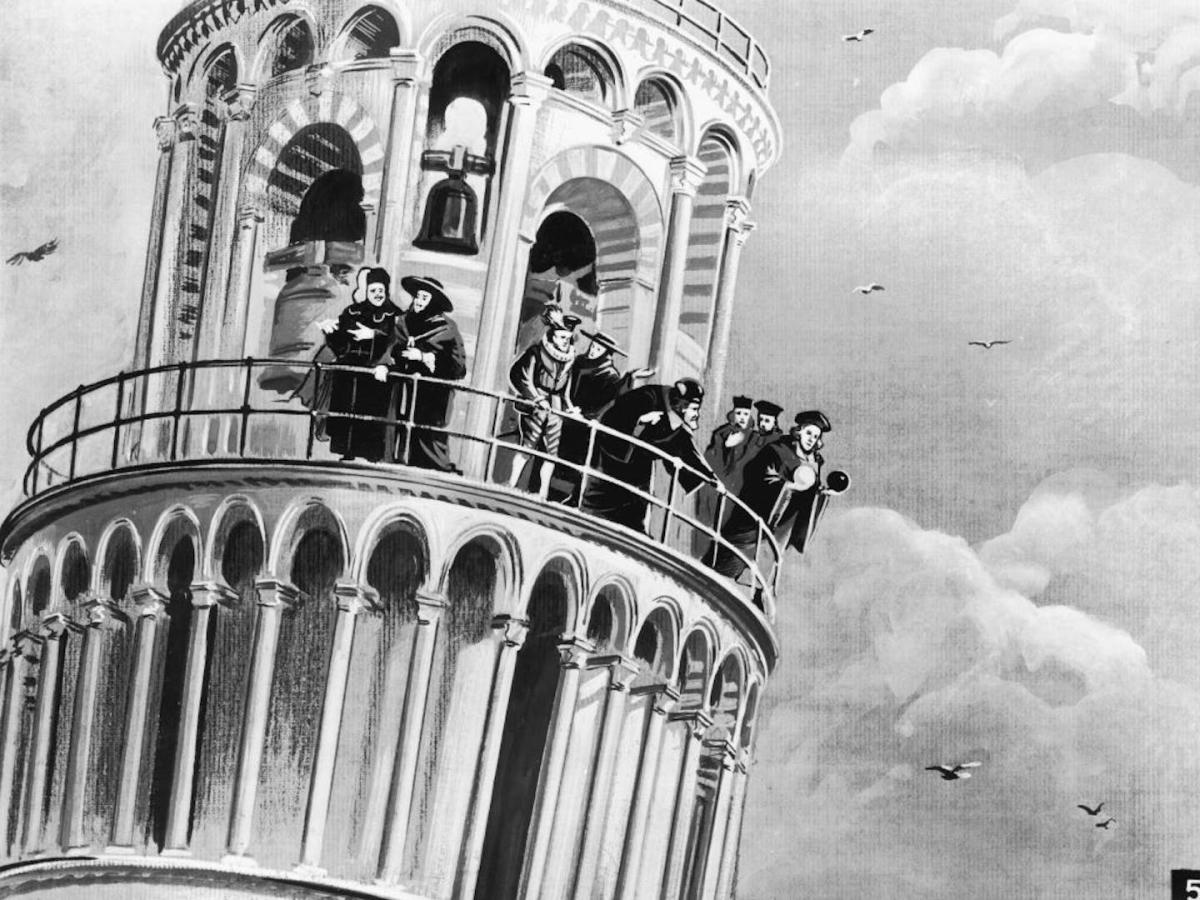The Leaning Tower of Pisa Experiment: A Step Beyond the Basic Physics of Gravity
When we ask ourselves which object would reach the ground first if dropped from the tower, it may seem like a trick question. Yet, as we’ve learned from high school physics, the answer is that both objects, regardless of their mass, will reach the ground at the same time. This is made possible by gravity, which causes their speeds to increase at 9.8 meters per second squared.
The famous Leaning Tower of Pisa experiment, attributed to Galileo Galilei, is a thought-provoking example of dynamics in the field of physics. Dynamics, a specialized area of physics, explores the principles of motion and force. From aiding in the development of spacecraft for interstellar travel to enhancing a basketball player’s free throw, a dynamicist’s expertise is wide-ranging.
Throughout my career as a dynamicist, my goal has been to help students understand the complexities of modern dynamics. The Leaning Tower of Pisa experiment serves as an invaluable tool in this endeavor, demonstrating how classical mechanics has transitioned into the modern world.
By studying the dynamics of falling and sliding objects, such as those in the experiment using a smooth table, we learn that their accelerations differ. Gravity equalizes falling accelerations, yet sliding accelerations differ due to the varying magnitudes of the objects’ masses.
When we shift our focus to objects in space, we further observe the equal gravitational forces exerted on each other by heavy and light objects, despite their differing masses. This may seem inconsistent and perplexing, leading us to question the fundamental tenets of physics.
Historically, classical mechanics attributed force to the interaction between two objects. However, modern mechanics has redefined this concept. Rather than an interaction, force is now viewed as an action by an object, creating a force field that extends outward from its source.
This shift in perspective reveals that gravitational forces depend solely on the mass of the source object in modern mechanics — contrary to classical mechanics — providing valuable insights into the dynamics of contemporary physics.
In conclusion, it’s clear that the Leaning Tower of Pisa experiment represents a stepping stone in the evolution of science and physics. This thought-provoking experiment, along with the transition from classical to modern mechanics, underscores the complexities of understanding the nature of reality.
This article was originally published on The Conversation by Larry M. Silverberg, an academic at North Carolina State University.


